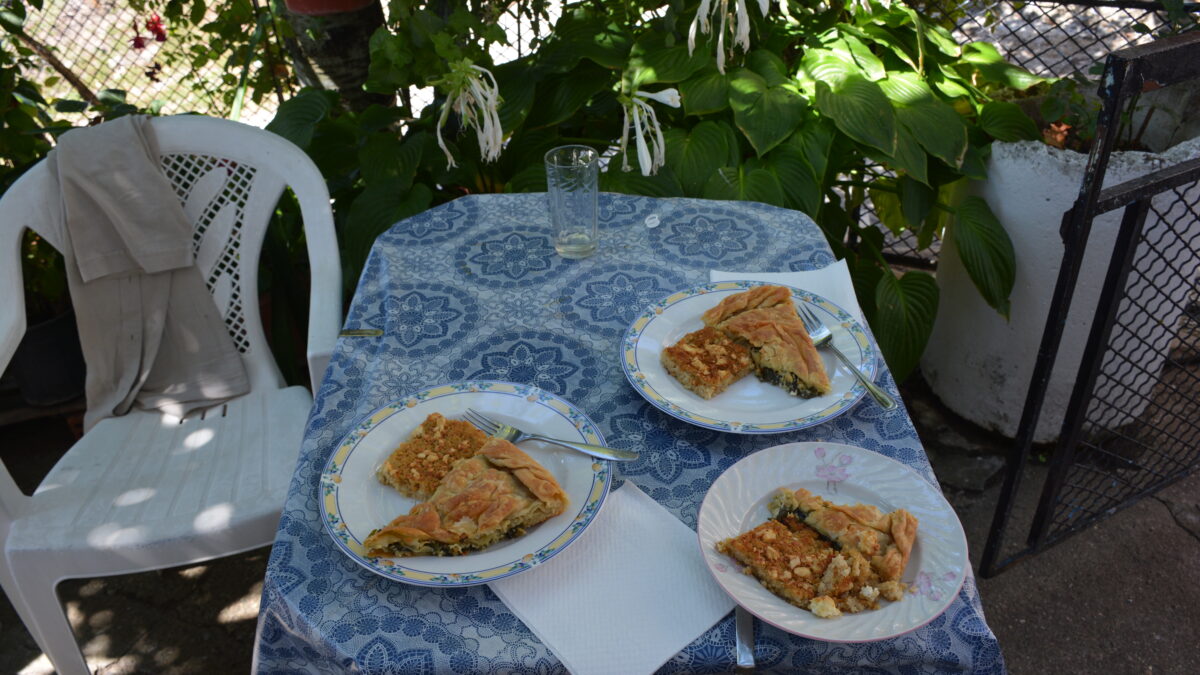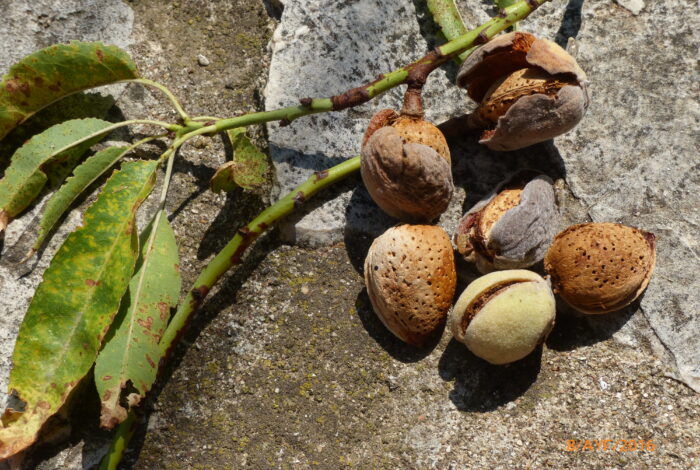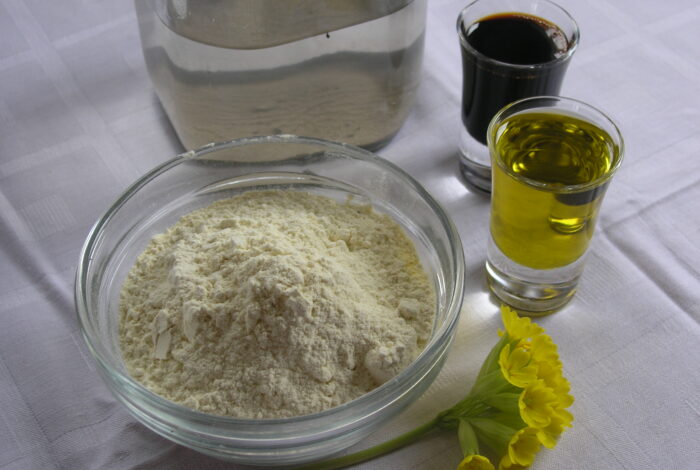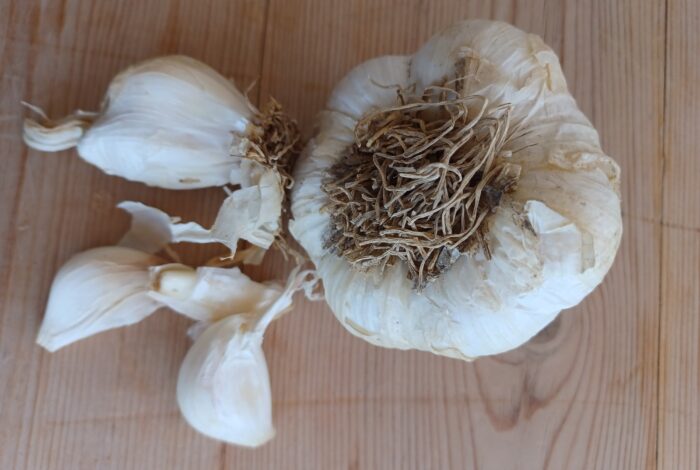Soultana-Maria Valamoti
Pie, as a general category of recipe found today in many variations throughout Greece, also appears in various forms in Ancient Greece. The umbrella term plakous was used to signify the concept of a dough formed into a rounded shape, with numerous variations depending on the ingredients with which it was filled. The word includes many subcategories of recipes with distinct names and refers to a flat preparation, something that could be baked on a slab. These foods were widely used in religious rites as offerings, but were also consumed in everyday meals. Their use in everyday life is demonstrated by the numerous references to them in Classical and Hellenistic sources, especially ancient comedy. Aristophanes mentions their circular shape in his Acharnians, while Archestratus notes that they were often served with honey and believes that they were first created in Athens. The ancient comic poet Sopater, on the other hand, notes that sweets like these were produced on Samos. Indeed, Plutarch even states that Samian plakous was a renowned delicacy.
A plakous recipe known as nastos appears to share similarities with modern-day sfakianopites or honey pies made on the islands of the Aegean. According to the poet Pherecrates, this confection was to feature dough overstuffed with cheese, while in Aristophanes’ Birds it is served with honey as an offering to the gods. The description of such a honeyed pie – large and white – emerging from the sacrificial basket, warm and dripping with honey, with an enticing aroma, is narrated by Athenaeus with such vividness that one would want to try it.
It seems that these pies came in both large and small sizes, and for the larger ones we assume they had to be cut into small pieces, as is done today, which might explain the existence of the word nastokopos (“pie-cutter”), found in the works of the ancient comic poet Plato.
The word plakous passed into Latin as placenda, and we find it today both in Greek cuisine and in the cuisines of Romania, Hungary, and Central Europe. In various permutations, today’s plakountes, with names reminiscent of the ancient word, appear in phyllo pies in the cuisine of Lesvos and among the Roma of Greece, in both sweet and savoury versions. Austrian cuisine has a recipe for crepes with various, primarily sweet, fillings, such as honey and marmalades, known as Palatschinken, etymologically derived from the ancient Greek plakous.
As in ancient Greece, today we see that the basic idea – where ground grains, mainly wheat, mixed with water into a dough, are combined with other sweet or savoury ingredients – produces an impressive gastronomic richness.

Image 1
Trahanas Pie (left) and spinach and cheese pie with phyllo dough, made by Sophia Papageorgiou (†) in Kosmati, Grevena, September 2017. Photograph by S.M. Valamoti,










